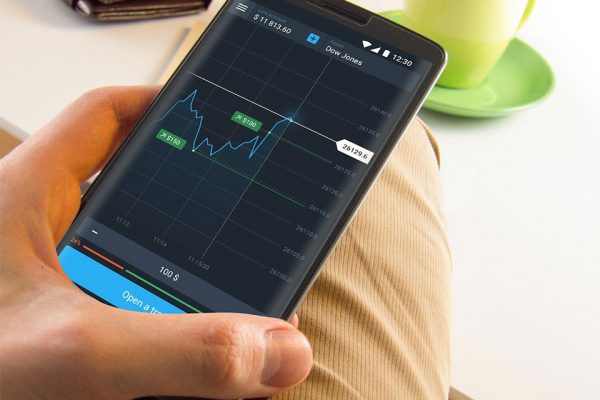
If you’re new to the world of forex trading, it can be overwhelming to navigate all the different terminology and concepts that are involved. In this beginner’s guide, we’ll go over the basics of how the forex market works and what you need to know to get started.
First, let’s define what forex trading is. The foreign exchange market, also known as the forex market or FX market, is a global decentralized market where the world’s currencies are traded. This includes all aspects of buying, selling, and exchanging currencies at current or determined prices.
One of the main features of the forex market is that it is open 24 hours a day, 5 days a week, which means that you can trade at any time that is convenient for you. The market is also highly liquid, with trillions of dollars worth of currencies being traded daily.
Forex Broker
So, how do you start trading in the forex market? First, you’ll need to find a forex broker. This is a financial services company that acts as an intermediary between traders and the market. Your broker will provide you with a trading platform where you can buy and sell currencies, as well as access to real-time market data and other resources.
Once you have a broker and a trading platform, you’ll need to choose which currency pairs you want to trade. A currency pair consists of two different currencies, such as the US dollar and the European euro (EUR/USD). The value of one currency is expressed in terms of the other, and you can buy or sell a currency pair based on your expectation of its future value.
There are many different currency pairs to choose from, and it can be helpful to focus on a few that you are most interested in or that are closely tied to your investment strategy. Some of the most commonly traded currency pairs include the EUR/USD, GBP/USD (British pound and US dollar), and USD/JPY (US dollar and Japanese yen).

When you place a trade in the forex market, you are essentially betting on whether the value of one currency will rise or fall relative to another. This is known as “going long” or “going short.” For example, if you think the EUR/USD will go up in value, you can buy the pair and profit if your prediction is correct. On the other hand, if you think the EUR/USD will go down in value, you can sell the pair and profit if your prediction is correct.
There are many factors that can affect the value of a currency, including economic indicators like interest rates, GDP, and inflation, as well as geopolitical events and market sentiment. As a trader, it’s important to keep track of these factors and use them to inform your trading decisions.
Key Terms Of Forex Trading
In addition to understanding the basics of how the forex market works, there are a few key terms and concepts that you should be familiar with as a beginner. These include:
Leverage: This is a feature offered by some brokers that allows you to trade with more money than you have in your account. For example, if a broker offers a leverage ratio of 50:1, you could trade with up to $50 for every $1 you have in your account. NordFX offers up to 1:1000 leverage. Leverage can increase your potential profits, but it also increases your risk of losing money.
Margin: This is the amount of money that you need to have in your account to open a trade. When you use leverage, you will typically be required to maintain a certain level of margin in your account at all times.
Pips: A pip is the smallest unit of price movement in the forex market. It is usually equal to the fourth decimal point of a currency pair’s price. For example, if the EUR/USD moves from 1.1200 to 1.1201, that is a 1 pip movement. Pips are used to measure profits and losses in the forex market.
Spread: The spread is the difference between the bid price (the price at which you can sell a currency pair) and the ask price (the price at which you can buy a currency pair). The spread is typically measured in pips and can vary depending on market conditions and the currency pair being traded.
Order types: There are several different types of orders that you can use when trading in the forex market. These include market orders, which are executed at the current market price; limit orders, which are executed at a specific price or better; and stop orders, which are used to minimize losses or protect profits.
In summary, forex trading involves buying and selling different currencies in the global market in an effort to profit from changes in their values. To get started, you’ll need to find a forex broker and choose a trading platform, select the currency pairs you want to trade, and stay up to date on market conditions and trends. With some practice and discipline, you can learn to trade effectively and make a profit in the forex market.
SUBSCRIBE FOR MORE! HERE’S WHY:
1. You get 7 free books
2. You get the best money & productivity articles
3. You get the latest updates – all in one email per week
You have Successfully Subscribed!
